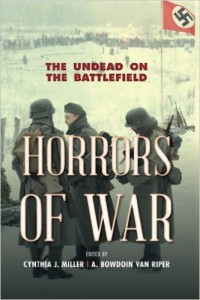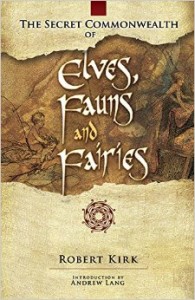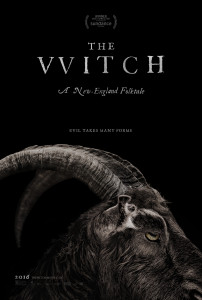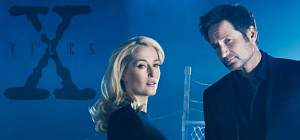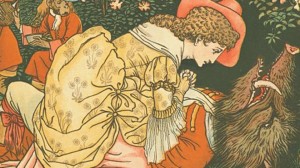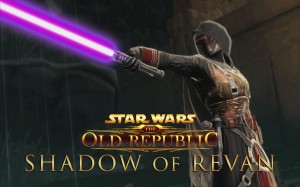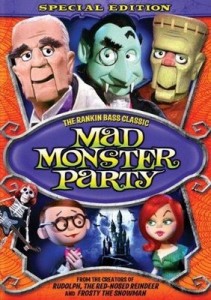PROPOSAL DEADLINE EXTENDED: 3/15/16
Call for Contributors (Abstracts 3/15/16; Essays 8/15/16)
Divine Horror: The Cinematic Battle Between the Sacred and the Supernatural (under contract)
The struggle between good and evil is classic and as old as time; this struggle becomes iconic when one or both of the combatants is associated with the divine. From Rosemary’s Baby (1968) to Deliver Us From Evil (2014), horror films continually use religion to both inspire and combat fear, and to call into question or affirm the moral order. Churches provide sanctuary, clergy cast out evil, religious icons become weapons, holy ground serves as battleground, and angels war against demons. But all of these may be violated or perverted, and turned from their original purpose. When the sacred is corrupted, evil’s grip on the world is tightened—trust is betrayed, faith is perverted, hope is lost, and the boundaries between the living and the dead are violated—jeopardizing not only human existence, but the fate of the immortal soul.
This collection focuses on genre horror films in which religious entities —whether sacred or profane — play an active, material role in the story. The volume will explore the collision of the sacred and the supernatural, asking new, incisive questions about our constructions and manifestations of the war between the ultimate good and evil on screen, and the ways in which those portrayals trouble our ever-changing understandings of that opposition and its archetypes.
Divided into four thematic sections— Holy Terrors, Saints and Sacrilege, Hallowed Ground, and Warriors of the Cloth—the volume’s organization will highlight the diversity of ways in which horror and religion interact onscreen, as each challenges and reinforces the tenets of the other. While Catholicism is prominent in a number of these films, analyses of films dealing with other religious traditions are welcome and encouraged (Sam Raimi’s film The Possession, for example, features a Jewish dybbuk, while Daniel Stamm’s The Last Exorcism showcases evangelical Protestantism.)
We seek proposals for intelligent, accessible chapters that examine and critically analyze the intersection of the sacred (religion, clergy, angels, etc.) and the horror genre across a range of films and eras. Proposals for both topical essays and close readings of a single text are welcome. Previously unpublished work only, please.
Possible topics might include:
* Exorcism and demonic possession (The Exorcist, Deliver Us From Evil)
* Religious Visions of the Apocalypse (End of Days, Legion)
* The Anti-Christ (The Omen series, Devil’s Due)
* The Church as Monster (Witchfinder General, The Pit and the Pendulum)
* Warriors of God (Priest, Van Helsing)
* Flawed Heroes, Sacred Mission (John Carpenter’s Vampires, Constantine)
* Angels on Earth (the Prophecy series, Gabriel)
* Deals with the Devil (Angel Heart, Rosemary’s Baby, Needful Things)
Work on topics such as films about religious violence (Kingdom of Heaven, Joan of Arc) with no supernatural dimension; films about fallen angels (Dogma), Satan (The Devil and Daniel Webster), or the Apocalypse (Left Behind) outside the horror genre; and films in which the religious/supernatural elements are not “real” (or do not manifest themselves) in the context of the films are, unfortunately, outside the scope of this project.
Please send your 500-word abstract to both co-editors, Cindy Miller (cynthia_miller@emerson.edu) and Bow Van Riper (abvanriper@gmail.com).
Publication timetable:
March 15, 2016 – Deadline for Abstracts
March 20, 2016 – Notification of Acceptance Decisions
August 15, 2016 – Chapter Drafts Due
November 31, 2016 – Chapter Revisions Due
January 15, 2017 –Delivery to Publisher
Acceptance will be contingent upon the contributors’ ability to meet these deadlines, and to deliver professional-quality work. Contributors who do not submit their initial draft by the deadline without prior arrangement will, regrettably, be dropped from the project.
